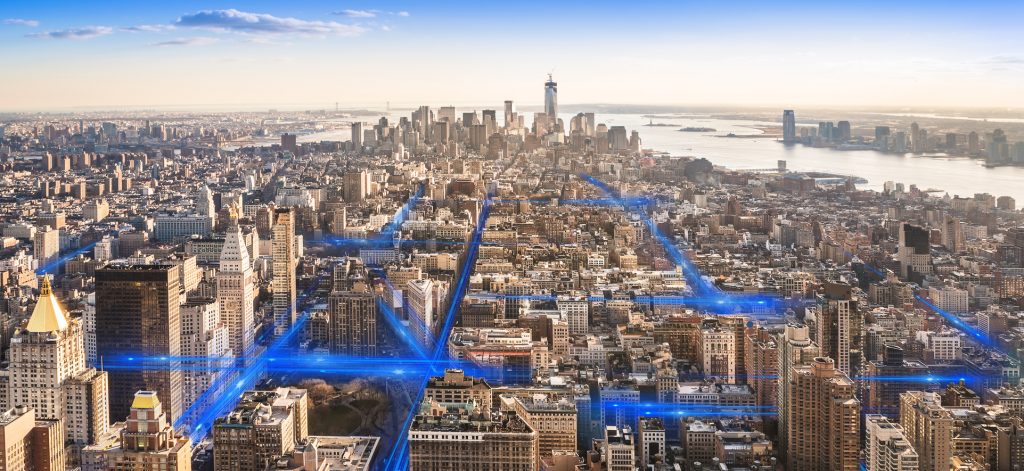Via our weekly polls, we asked our GovLoop community members about their current understanding and use of IoT. The results showed that while some agencies are leveraging sensors and other devices, many are still less familiar with IoT technologies.
So, what is IoT?
Technically, IoT is “the network of physical objects that contain embedded technology to communicate and sense or interact with their internal states or the external environment,” according to Gartner.
But our government experts also had their own definitions that give more insight into the true meaning of IoT:
“When I hear that term, I picture a distributor network of remotely connected devices that ideally are sending actionable quality data and information that supports decision-making processes.” – Christine Kendrick, Air Quality Lead/Smart Cities Coordinator, Bureau of Planning and Sustainability, City of Portland
“The internet of things refers to the technologies and devices that collect information or data, and then communicate it to the internet or other networks and, in some cases, act on that information.” – Gregory Wilshusen, Director of Information Security Issues, Government Accountability Office
“From a technology perspective, the internet of things is connecting devices through a communication mechanism, collecting the data, analyzing the data and acting on the information extracted out of the data. It’s a combination of logical systems and physical systems. From a benefits perspective to those cities, it’s about improving quality of life, using advanced technologies, like connectivity, sensors and data, as well as some decision-making tools.” – Sokwoo Rhee, Associate Director of Cyber-Physical Systems Innovation, National Institute of Standards and Technology
What these public servants’ definitions highlight is that IoT is about more than devices or data. It’s about leveraging those tools to create actionable insights that ultimately benefit a government’s constituents.
How is IoT different from Smart Cities?
IoT is especially growing within cities and communities, where real-time data alerts can directly influence citizen decisions on things like parking, outdoor activity, traffic routing and other common tasks. In turn, this use of IoT has led many municipalities to embrace a “smart cities” ethos or even a formal strategy.
According to the federal government, smart cities are “communities that are building an infrastructure to continuously improve the collection, aggregation, and use of data to improve the life of their residents – by harnessing the growing data revolution, low-cost sensors, and research collaborations, and doing so securely to protect safety and privacy.”
In other words, a smart city is not just a city that simply deploys IoT. It is a community that leverages IoT, as well as other tools, to create a holistic environment for analyzing and acting on data. That data may be solely produced by sensors, or it may be combined with external research. IoT is a necessary component for smart cities, but it is not the only one.
To learn more about the use of IoT in the public sector, check out our recent guide, Your FAQ to IoT in Government.
